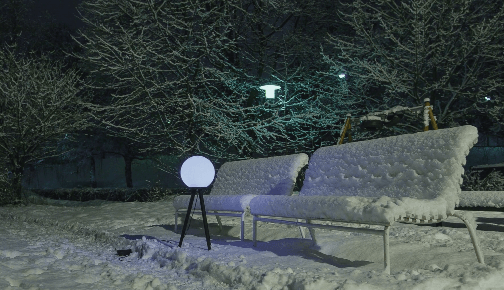Visible GPS… Art or Science?
on

This unusual Arduino project is part of the Yourban research project at the Oslo School of Architecture and Design in Norway. Continuing with their theme of revealing invisible structures in technology such as RFID and WiFi the team have now come up with ‘Satellite Lamps’. Each lamp consists of a laptop connected to an Arduino Uno hooked up to a GPS receiver module and a luminous globe. Information about the GPS signal strength and positional accuracy is converted into globe brightness to give an indication of signal coverage.
According to the team, made up of Einar Sneve Martinussen, Jørn Knutsen and Timo Arnall: “Satellite Lamps shows that GPS is not a seamless blanket of efficient positioning technology; it is a negotiation between radio waves, earth-orbit geometry and the urban environment. GPS is a truly impressive technology, but it also has inherent seams and edges.”
“We created a series of lamps that change brightness according to the accuracy of received GPS signals, and when we photograph them as time-lapse films, we start to build a picture of how these signals behave in actual urban spaces”. The team have put together a short video of their work.


Discussion (0 comments)